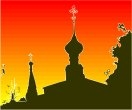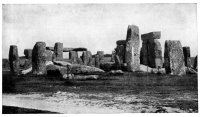
Worksheets and No Prep Teaching Resources
Reading Comprehension Worksheets
World Religion

World Religion
 Worksheets and No Prep Teaching Resources Reading Comprehension Worksheets World Religion |
 World Religion |
| edHelper's suggested reading level: | grades 9 to 12 | |
| Flesch-Kincaid grade level: | 7.7 |
|
Calendars and Religion
By Colleen Messina |

|
 1 A line in a song asks, "Does anybody really know what time it is?" This question could easily apply to calendars! Did you know that our ideas about time are affected by religion? Different faiths use different types of calendars to measure time.
1 A line in a song asks, "Does anybody really know what time it is?" This question could easily apply to calendars! Did you know that our ideas about time are affected by religion? Different faiths use different types of calendars to measure time. |
Create Weekly Reading Books
Prepare for an entire week at once! |
| Leave your feedback on Calendars and Religion (use this link if you found an error in the story) |
 |
World Religion
|
 |
High School Reading Comprehensions and High School Reading Lessons
|
 |
Social Studies
|